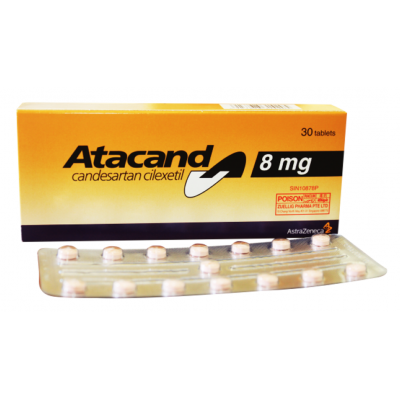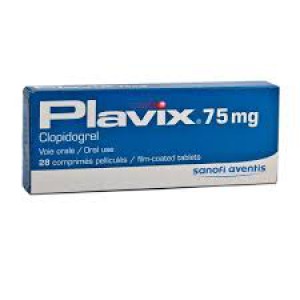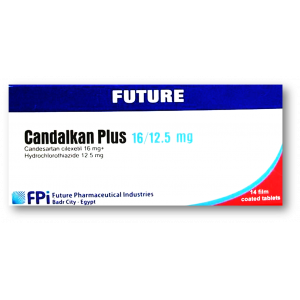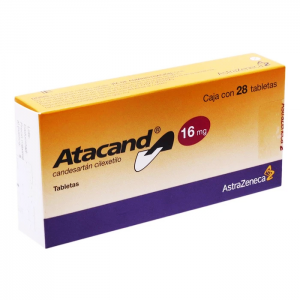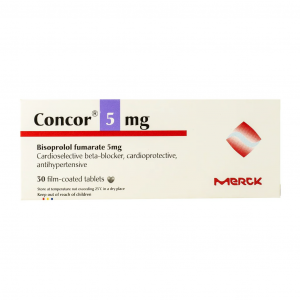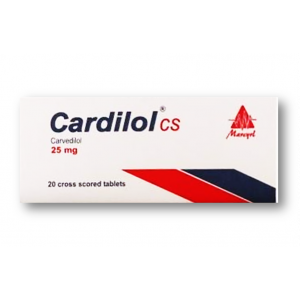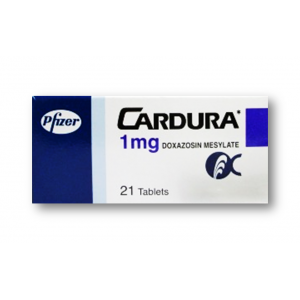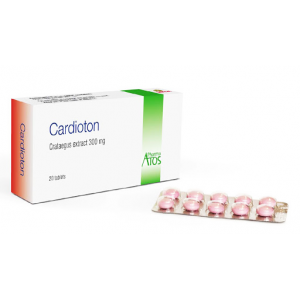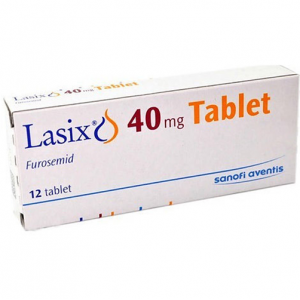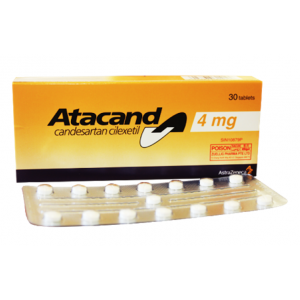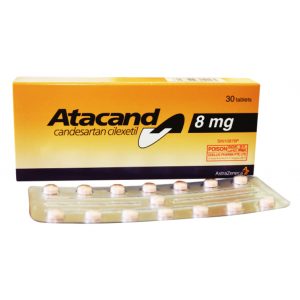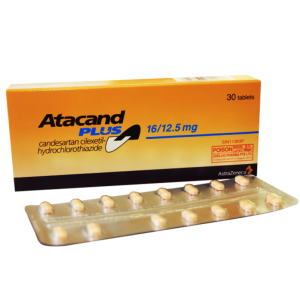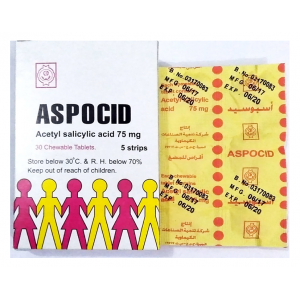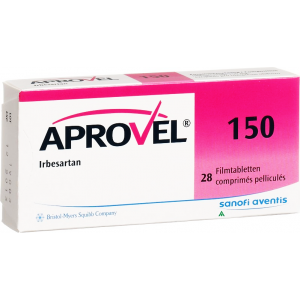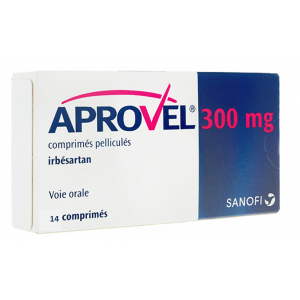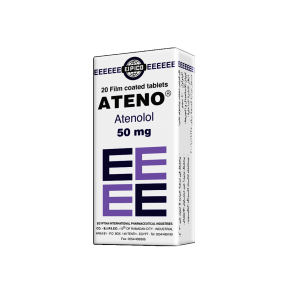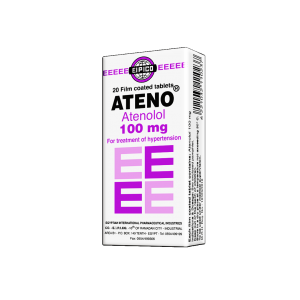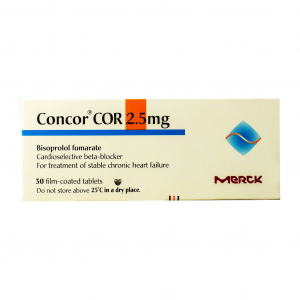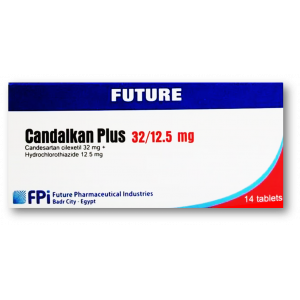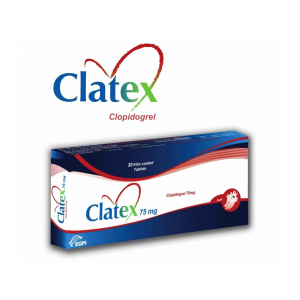- Anti-hestaminic & Respiratory Drugs (17)
- Anti-inflammatory Drugs (165) +-
- Baby & Mom (1180) +-
- Baby & Mom > Bath, skin & Hair > Skin Care > wibes (49)
- Beauty (2446) +-
- Beauty > Skin Care > whitening (240)
- Chemotherapy & Immune Response (427) +-
- Chemotherapy & Immune Response > ANTI-FUNGAL (4)
- Chemotherapy & Immune Response > Chemotherapeutic Agents > Hormone Antagonists >Enzyme Inhibitors (139)
- CIRCULATORY DISTURBANCE AGENTS (18)
- Diet & Fitness Products (199) +-
- DRUG AFFECTING CENTRAL NERVOUS SYSTEM (161)
- Drugs affecting CNS >Anti- epileptic (64)
-
Medical Supplies (466)
+-
- Chemicals & Disinfectants (17)
- Dental Supplies (27)
- Devices & Instruments (8)
- Diabetic Supplies (104)
- General Medical Supplies (21)
- I.V & Medical Solution (0)
- Intensive Care Unit & Anesthesia Supplies (0)
- Kindney Unit Supplies (14)
- Lab Supplies (1)
- Miscellaneous (22)
- Neonatal Unit Supplies (0)
- Operation Room Supplies (3)
- Sanitary (5)
- Sterilization Supplies (0)
- Surgical Sutures (3)
- Syringes (2)
-
Medicines & Health (2328)
+-
- Allergy & Sinus (91)
- Children's Health Care (51)
- Cough, Cold & Flu (272)
- Digestive Health & Nausea (200)
- Ear, Nose & Throat Care (159)
- Eye Care (113)
- Feminine Care (292)
- Foot Care (3)
- Orthopaedic Appliances (0)
- Pain Relief & Management (200)
- Pill Organizer (2)
- Skin Treatments (663)
- Sleep & Snoring Aids (0)
- Support & Braces (6)
- Medicines & health > Gout releif (39)
- Natural & Organic Products (66) +-
- OTC > Analgesics > Anti-inflammatory Drugs (41)
-
Personal Care (2765)
+-
- Bath & Body (211)
- Deodorant & Anti-perspirants (162)
- Ear, Nose & Throat Care (152)
- Eye Care (119)
- Feminine Care (328)
- Foot Care (11)
- Hair Care (364)
- Home Tests & Monitorings (16)
- Incontinence (7)
- Lip Care (19)
- Massage & Relaxation (16)
- Natural & Organic Personal Care (7)
- Oral Care (75)
- Pregnancy & Fertility (55)
- Shaving & Grooming (53)
- Sun Care (52)
- Prescribtion drugs > cardiovascular system > Hypertention drugs (316) +-
-
Prescription Drugs (2731)
+-
- Analgesics (169)
- Cardiovascular System (317)
- Drugs Affecting Musculoskeletal System (59)
- Drugs Used In Infections (48)
- Ear & Nose Drugs (2)
- Endocrine System (142)
- Gastrointestinal Tract (210)
- Gastrointestinal Tract (193)
- GYNECOLOGY (2)
- Miscellaneous (6)
- NEPHROLOGY > URINARY SYSTEM > RENAL DISORDERS > URINARY TRACT DISORDERS (22)
- NEUROLOGY (188)
- Nutrients & Blood Electrolytes (2)
- prescription drugs > cardiovascular system >Anti-hypertensive drugs (71)
- Prescription Drugs > Gastrointestinal Tract > Hepatology > Liver treatment (55)
- Respiratory System (112)
- SKIN > NAILS > HAIR > TOPICAL PREPARATIONS (26)
- Vaccines (1)
- Sexual Wellness (183) +-
- strong anti-emetic & adjuvent used with anti-neoplastic (0)
- Vitamins & Minerals Supplements (1024) +-
Ex Tax: 121EGP
Example
You can return the product within 14 days of purchase.
ReturnsYou can return the product within 14 days of purchase.

Atacand 8 mg ( Candesartan cilexetil ) 28 tablets
Package leaflet: Information for the patient
Atacand 4 mg tablets
Atacand 8 mg tablets
Atacand 16 mg tablets
Atacand 32 mg tablets
candesartan cilexetil
Read all of this leaflet carefully before you start taking this medicine because it contains
important information for you.
Keep this leaflet. You may need to read it again.
If you have any further questions, ask your doctor or pharmacist.
This medicine has been prescribed for you only. Do not pass it on to others. It may harm
them, even if their signs of illness are the same as yours.
If you get any side effects, talk to your doctor. This includes any possible side effects not
listed in this leaflet.
1.
What Atacand is and what it is used for
The name of your medicine is Atacand. The active ingredient is candesartan cilexetil. This
belongs to a group of medicines called angiotensin II receptor antagonists. It works by making
your blood vessels relax and widen. This helps to lower your blood pressure. It also makes it
easier for your heart to pump blood to all parts of your body.
Atacand can be used to:
treat high blood pressure (hypertension) in adult patients and in children and adolescents
aged 6 to <18 years.
treat adult heart failure patients with reduced heart muscle function when Angiotensin
Converting Enzyme (ACE) inhibitors cannot be used or in addition to ACE-inhibitors
when symptoms persist despite treatment and mineralocorticoid receptor antagonists
(MRA) cannot be used (ACE-inhibitors and MRAs are medicines used to treat heart
failure).
2.
What you need to know before you take Atacand
Do not take Atacand:
if you are allergic to candesartan cilexetil or any of the other ingredients of this
medicine (listed in section 6).
if you are more than 3 months pregnant (it is also better to avoid Atacand in early
pregnancy – see pregnancy section).
UK cPIL Atacand CV 17 0036 (based on CV 15 0083a) 26/04/2017 KV
Page 1 of 7
if you have severe liver disease or biliary obstruction (a problem with the drainage of
the bile from the gall bladder).
if the patient is a child under 1 year of age.
if you have diabetes or impaired kidney function and you are treated with a blood
pressure lowering medicine containing aliskiren.
If you are not sure if any of these apply to you, talk to your doctor or pharmacist before taking
Atacand.
Warnings and precautions
Talk to your doctor before taking Atacand:
if you have heart, liver or kidney problems, or are on dialysis.
if you have recently had a kidney transplant.
if you are vomiting, have recently had severe vomiting, or have diarrhoea.
if you have a disease of the adrenal gland called Conn’s syndrome (also called primary
hyperaldosteronism).
if you have low blood pressure.
if you have ever had a stroke.
you must tell your doctor if you think you are (or might become) pregnant. Atacand is
not recommended in early pregnancy, and must not be taken if you are more than
3 months pregnant, as it may cause serious harm to your baby if used at that stage (see
pregnancy section).
if you are taking any of the following medicines used to treat high blood pressure:
- an ACE-inhibitor (for example enalapril, lisinopril, ramipril), in particular if you
have diabetes-related kidney problems.
- aliskiren.
if you are taking an ACE-inhibitor together with a medicine which belongs to the class
of medicines known as mineralocorticoid receptor antagonists (MRA). These medicines
are for the treatment of heart failure (see “Other medicines and Atacand”).
Your doctor may check your kidney function, blood pressure, and the amount of electrolytes
(e.g. potassium) in your blood at regular intervals.
See also information under the heading “Do not take Atacand”.
Your doctor may want to see you more often and do some tests if you have any of these
conditions.
If you are going to have an operation, tell your doctor or dentist that you are taking Atacand.
This is because Atacand, when combined with some anaesthetics, may cause an excessive
drop in blood pressure.
Children and adolescents
Atacand has been studied in children. For more information, talk to your doctor. Atacand
must not be given to children under 1 year of age due to the potential risk to the developing
kidneys.
Other medicines and Atacand
Tell your doctor or pharmacist if you are using, have recently used or might use any other
medicines.
UK cPIL Atacand CV 17 0036 (based on CV 15 0083a) 26/04/2017 KV
Page 2 of 7
Atacand can affect the way some other medicines work and some medicines can have an
effect on Atacand. If you are using certain medicines, your doctor may need to do blood tests
from time to time.
In particular, tell your doctor if you are using any of the following medicines as your doctor
may need to change your dose and/or take other precautions:
Other medicines to help lower your blood pressure, including beta-blockers, diazoxide
and ACE inhibitors such as enalapril, captopril, lisinopril or ramipril.
Non-steroidal anti-inflammatory drugs (NSAIDs) such as ibuprofen, naproxen,
diclofenac, celecoxib or etoricoxib (medicines to relieve pain and inflammation).
Acetylsalicylic acid (if you are taking more than 3 g each day) (medicine to relieve pain
and inflammation).
Potassium supplements or salt substitutes containing potassium (medicines that increase
the amount of potassium in your blood).
Heparin (a medicine for thinning the blood).
Co-trimoxazole (an antibiotic medicine) also known as trimethoprim/sulfamethoxazole.
Water tablets (diuretics).
Lithium (a medicine for mental health problems).
If you are taking an ACE-inhibitor or aliskiren (see also information under the headings
“Do not take Atacand” and “Warnings and precautions”).
If you are being treated with an ACE-inhibitor together with certain other medicines to
treat your heart failure, which are known as mineralocorticoid receptor antagonists
(MRA) (for example: spironolactone, eplerenone).
Atacand with food, drink and alcohol
You can take Atacand with or without food.
When you are prescribed Atacand, discuss with your doctor before drinking alcohol.
Alcohol may make you feel faint or dizzy.
Pregnancy and breast-feeding
Pregnancy
You must tell your doctor if you think you are (or might become) pregnant. Your doctor will
normally advise you to stop taking Atacand before you become pregnant or as soon as you
know you are pregnant and will advise you to take another medicine instead of Atacand.
Atacand is not recommended in early pregnancy, and must not be taken when more than
3 months pregnant, as it may cause serious harm to your baby if used after the third month of
pregnancy.
Breast-feeding
Tell your doctor if you are breast-feeding or about to start breast-feeding. Atacand is not
recommended for mothers who are breast-feeding, and your doctor may choose another
treatment for you if you wish to breast-feed, especially if your baby is newborn, or was born
prematurely.
Driving and using machines
Some people may feel tired or dizzy when taking Atacand. If this happens to you, do not drive
or use any tools or machines.
Atacand contains lactose. Lactose is a type of sugar. If you have been told by your doctor
that you have an intolerance to some sugars, contact your doctor before taking this medicine.
UK cPIL Atacand CV 17 0036 (based on CV 15 0083a) 26/04/2017 KV
Page 3 of 7
3.
How to take Atacand
Always take this medicine exactly as your doctor has told you. Check with your doctor or
pharmacist if you are not sure. It is important to keep taking Atacand every day.
You can take Atacand with or without food.
Swallow the tablet with a drink of water.
Try to take the tablet at the same time each day. This will help you to remember to take it.
High blood pressure:
The recommended dose of Atacand is 8 mg once a day. Your doctor may increase this
dose to 16 mg once a day and further up to 32 mg once a day depending on blood
pressure response.
In some patients, such as those with liver problems, kidney problems or those who
recently have lost body fluids, e.g. through vomiting or diarrhoea or by using water
tablets, the doctor may prescribe a lower starting dose.
Some black patients may have a reduced response to this type of medicine, when given
as the only treatment, and these patients may need a higher dose.
Use in children and adolescents with high blood pressure:
Children 6 to <18 years of age:
The recommended starting dose is 4 mg once daily.
For patients weighing < 50 kg: In some patients whose blood pressure is not adequately
controlled, your doctor may decide the dose needs to be increased to a maximum of 8 mg
once daily.
For patients weighing ≥ 50 kg: In some patients whose blood pressure is not adequately
controlled, your doctor may decide the dose needs to be increased to 8 mg once daily and to
16 mg once daily.
Heart failure in adults:
The recommended starting dose of Atacand is 4 mg once a day. Your doctor may
increase your dose by doubling the dose at intervals of at least 2 weeks up to 32 mg
once a day. Atacand can be taken together with other medicines for heart failure, and
your doctor will decide which treatment is suitable for you.
If you take more Atacand than you should
If you take more Atacand than prescribed by your doctor, contact a doctor or pharmacist
immediately for advice.
If you forget to take Atacand
Do not take a double dose to make up for a forgotten tablet. Just take the next dose as normal.
If you stop taking Atacand
If you stop taking Atacand, your blood pressure may increase again. Therefore do not stop
taking Atacand without first talking to your doctor.
If you have any further questions on the use of this medicine, ask your doctor or pharmacist.
4.
Possible side effects
Like all medicines, this medicine can cause side effects, although not everybody gets them. It
is important that you are aware of what these side effects may be.
UK cPIL Atacand CV 17 0036 (based on CV 15 0083a) 26/04/2017 KV
Page 4 of 7
Stop taking Atacand and seek medical help immediately if you have any of the following
allergic reactions:
difficulties in breathing, with or without swelling of the face, lips, tongue and/or throat
swelling of the face, lips, tongue and/or throat, which may cause difficulties in
swallowing
severe itching of the skin (with raised lumps)
Atacand may cause a reduction in the number of white blood cells. Your resistance to
infection may be decreased and you may notice tiredness, an infection or a fever. If this
happens contact your doctor. Your doctor may occasionally do blood tests to check whether
Atacand has had any effect on your blood (agranulocytosis).
Other possible side effects include:
Common (affects 1 to 10 users in 100)
Feeling dizzy/spinning sensation.
Headache.
Respiratory infection.
Low blood pressure. This may make you feel faint or dizzy.
Changes in blood test results:
- An increased amount of potassium in your blood, especially if you already have
kidney problems or heart failure. If this is severe you may notice tiredness,
weakness, irregular heart beat or pins and needles.
Effects on how your kidneys work, especially if you already have kidney problems or
heart failure. In very rare cases, kidney failure may occur.
Very rare (affects less than 1 user in 10,000)
Swelling of the face, lips, tongue and/or throat.
A reduction in your red or white blood cells. You may notice tiredness, an infection or a
fever.
Skin rash, lumpy rash (hives).
Itching.
Back pain, pain in joints and muscles.
Changes in how your liver is working, including inflammation of the liver (hepatitis).
You may notice tiredness, yellowing of your skin and the whites of your eyes and flulike symptoms.
Nausea.
Changes in blood test results:
A reduced amount of sodium in your blood. If this is severe then you may notice
weakness, lack of energy, or muscle cramps.
Cough.
Additional side effects in children
In children treated for high blood pressure, side effects appear to be similar to those seen in
adults, but they happen more often. Sore throat is a very common side effect in children but
not reported in adults and runny nose, fever and increased heart rate are common in children
but not reported in adults.
Reporting of side effects
If you get any side effects, talk to your doctor. This includes any possible side effects not
listed in this leaflet. You can also report side effects directly via the Yellow Card Scheme
Website: www.mhra.gov.uk/yellowcard.
By reporting side effects you can help provide more information on the safety of this
medicine.
UK cPIL Atacand CV 17 0036 (based on CV 15 0083a) 26/04/2017 KV
Page 5 of 7
5.
How to store Atacand
Keep this medicine out of the sight and reach of children.
Do not use this medicine after the expiry date which is stated on the carton, blister pack
or bottle. The expiry date refers to the last day of that month.
This medicinal product does not require any special temperature storage conditions.
Do not throw away any medicine via wastewater or household waste. Ask your pharmacist
how to throw away medicines you no longer use. These measures will help to protect the
environment.
6.
Contents of the pack and other information
What Atacand contains
The active ingredient is candesartan cilexetil. The tablets contain 4 mg, 8 mg, 16 mg or
32 mg of candesartan cilexetil.
The other ingredients are carmellose calcium, hydroxypropyl cellulose, lactose
monohydrate, magnesium stearate, maize starch and macrogol. The 8 mg, 16 mg and
32 mg tablets also contain iron oxide (E172).
What Atacand looks like and contents of the pack
4 mg tablets are white, round tablets with a score and marked A/CF on one side and 004
on the other.
8 mg tablets are light pink, round tablets with a score and marked A/CG on one side and
008 on the other.
16 mg tablets are pink, round tablets with a score and marked A/CH on one side and 016
on the other.
32 mg tablets are pink, round tablets with a score and marked A/CL on one side and 032
on the other.
The tablet can be divided into equal doses by breaking along the score line.
The tablets come in a plastic bottle containing 100 or 250 tablets or a blister pack containing
7, 14, 15, 15x1, 20, 28, 30, 30x1, 50, 50x1, 56, 90, 98, 98x1, 100 or 300 tablets.
Not all pack sizes may be marketed in every country.
Marketing Authorisation Holder and Manufacturer
Atacand is released onto the market by AstraZeneca UK Limited, Silk Road Business Park,
Macclesfield, Cheshire, SK10 2NA, United Kingdom. The Marketing Authorisations are held
by AstraZeneca UK Limited, 600 Capability Green, Luton, LU1 3LU, UK.
Manufacturer: AstraZeneca AB, AstraZeneca Sweden, Gartunavagen, S-151 85, Södertälje,
Sweden.
This medicinal product is authorised in the Member States of the EEA under the
following names:
UK cPIL Atacand CV 17 0036 (based on CV 15 0083a) 26/04/2017 KV
Page 6 of 7
Member State
Name
Austria, Belgium, Bulgaria, Cyprus, Denmark, Estonia,
Atacand
Finland, France, Germany, Greece, Iceland, Ireland, Latvia,
Lithuania, Luxembourg, Malta, The Netherlands, Norway,
Poland, Portugal, Romania, Slovakia, Slovenia, Spain, Sweden,
UK
Italy
Ratacand
This leaflet was last revised in April 2017.
© AstraZeneca 2017
Atacand is a trademark of the AstraZeneca group of companies.
CV 17 0036
Candesartan cilexetil is manufactured under the licence from Takeda Pharmaceutical
Company Limited.
UK cPIL Atacand CV 17 0036 (based on CV 15 0083a) 26/04/2017 KV
Page 7 of 7
Write a review
Your Name:Your Review: Note: HTML is not translated!
Rating: Bad Good
Enter the code in the box below:

